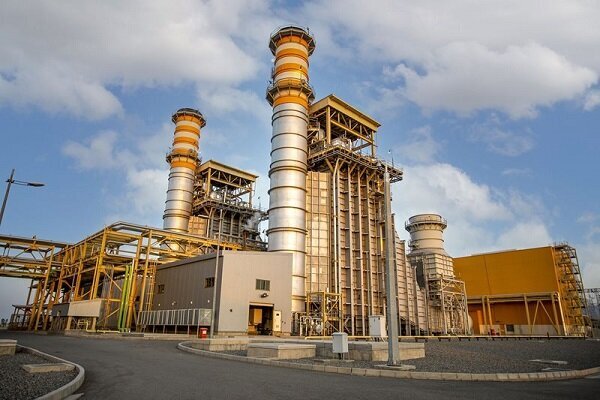Thermal power plants' output reaches 300m MWh

TEHRAN - A senior official announced that this year, thermal power plants' electricity generation grew by 1.9 percent compared to the previous year, reaching 300 million megawatt-hours (MWh), while fuel consumption increased by just 0.7 percent.
According to Mehr News Agency, citing the state-owned Thermal Power Plants Holding Company (TPPH), Esmaeil Namazi stated that the gap between production growth and fuel consumption indicates that the country’s power plants, along with the Ministry of Energy, are focusing on enhancing efficiency, utilizing high-efficiency power plants, and expanding the steam sections of combined-cycle power plants. This approach has enabled the generation of more electricity with less fuel.
Namazi highlighted that thermal power plants' electricity production in the first 10 months of this year (March 20, 2024- January 19, 2025) increased by 1.9 percent year-on-year, surpassing 300 million megawatt-hours. Of this output, 57 percent came from combined-cycle units (high-efficiency plants), which generated 170 million megawatt-hours—a 1.4 percent increase compared to the same period last year.
He emphasized that the bulk of this year’s electricity generation relied on combined-cycle plants with efficiency rates ranging between 45 percent and 55 percent. These plants are recognized as environmentally friendly electricity producers.
Transforming gas units into combined-cycle units is one of the most effective methods to improve the efficiency of the country’s thermal power plants. This not only benefits the electricity industry but also positively impacts the environment and fuel conservation, with substantial effects expected in the coming years.
Namazi, Director General of the Technical Production Office at the TPPH noted that 94 percent of the country’s electricity is generated by thermal power plants. Over the past 10 months, electricity generation by gas units increased by four percent year-on-year to 58 million megawatt-hours, while steam units contributed 70 million megawatt-hours.
EF/MA
Leave a Comment